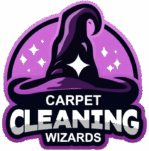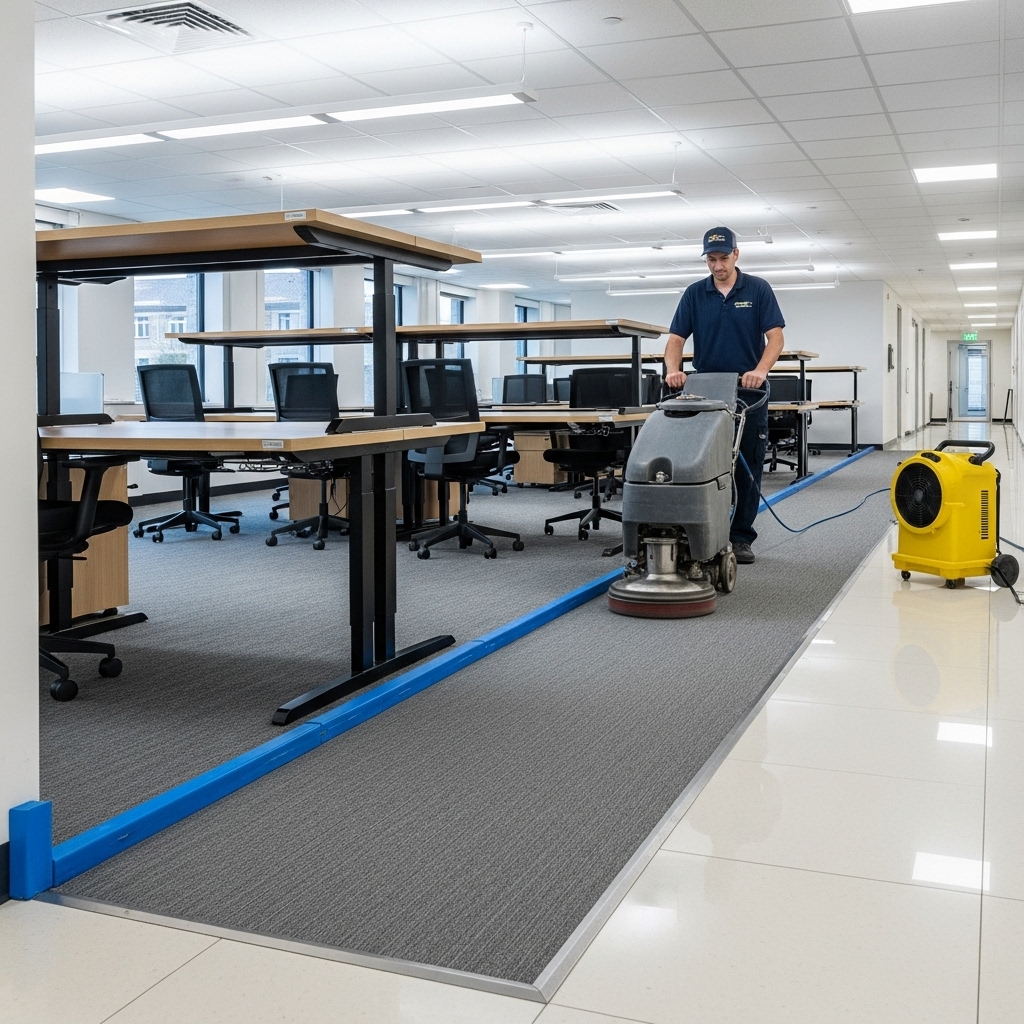Protect Your Brand with Professional Commercial Carpet Care
In Elizabeth, New Jersey, first impressions are made in your lobby, hallways, and conference rooms long before a client meets your team. Clean, well-maintained carpets contribute to health, safety, and brand image across offices, retail spaces, hospitality, and healthcare facilities. The right commercial carpet cleaning partner understands building logistics, occupancy patterns, and compliance needs. With a tailored plan, you can keep high-traffic areas looking sharp, reduce allergens, and extend the life of your flooring while minimizing downtime for your staff and customers. Many organizations turn to experienced carpet cleaning services that balance interim maintenance and restorative deep cleaning to deliver consistent, professional results.
Elizabeth’s commercial landscape is diverse. From warehouses near the port to busy retail corridors and medical offices, each site presents distinct challenges: long traffic lanes, frequent spills, heavy rolling loads, and occupancy that demands night or early-morning schedules. Success comes from pairing methods to soil levels and using precise logistics to move equipment through elevators, narrow hallways, and mixed-surface transitions without disruptions.
Commercial Challenges and Solutions
High-traffic carpets suffer from abrasion, oily soils, and tracked-in grit that erodes fibers. In restaurants and cafes, grease aerosols settle into the pile, bonding with dust. Medical offices require careful product selection and clear safety protocols. Retail spaces see rapid appearance degradation at entries and checkout lanes. Each environment benefits from a layered approach: scheduled low-moisture maintenance to control appearance and periodic hot water extraction to flush embedded soils and reset the carpet.
Building a Smart Maintenance Schedule
A maintenance plan begins with a walkthrough, traffic mapping, and identification of “hot zones” such as lobbies, elevator banks, and corridors. The plan typically includes:
- Daily or frequent vacuuming with HEPA filtration, focusing on traffic lanes.
- Spot and spill response protocols for staff, including approved products and blotting methods.
- Interim low-moisture cleaning to maintain appearance and minimize downtime.
- Quarterly or semi-annual restorative hot water extraction, adjusted by occupancy and soil load.
- Periodic fiber protector application in critical areas to slow resoiling.
This layered strategy maximizes uptime and keeps your space presentation-ready. It also helps budgeting and planning, since cleaning events are predictable and tailored to business cycles.
Method Selection for Commercial Carpets
Commercial broadloom and carpet tiles respond well to low-moisture methods like encapsulation and bonnet cleaning for interim care. Encapsulation leaves a dry crystalline residue that vacuuming removes, keeping appearance even without prolonged drying. Bonnet cleaning lifts surface soils in wide corridors and lobbies, though it should be managed by trained technicians to avoid friction damage. For deep restoration, hot water extraction flushes oily residues and embedded particles from high-traffic lanes and entries. A hybrid plan ensures consistent results without over-wetting or downtime.
Logistics: Performing Work Without Disruption
Professional teams coordinate access, elevator schedules, security requirements, and noise limitations. They use corner guards, hose ramps, and protective runners to safeguard walls and hard floors. Quiet low-amp machines and air movers enable overnight or early-morning work. Communication with facility managers ensures that cleaning zones are clearly marked and ready, with furniture movement planned and safe.
Health and Safety Considerations
Indoor air quality matters in commercial settings. HEPA-filtered vacuuming removes fine particulates that contribute to allergies and general discomfort. Proper ventilation and low-VOC product options support healthier workspaces. Slip prevention is addressed with signage and controlled moisture; low-moisture techniques keep walk-off mats and entries safer during service. Teams should comply with building protocols and provide safety documentation upon request.
Appearance Management in High-Visibility Areas
First impressions start at the entrance. Walk-off mats reduce soil load; they must be maintained or replaced regularly. In lobbies and reception areas, frequent low-moisture passes keep fibers upright and colors vibrant. Hallways benefit from targeted attention to turns and bottlenecks where soils collect. Conference rooms require spot response plans due to beverages and catered events. A robust program prevents the uneven look that occurs when only certain zones are addressed.
Carpet Tiles vs. Broadloom
Carpet tiles allow selective replacement of damaged sections and respond well to encapsulation maintenance. However, tile seams can collect soil; agitation and thorough vacuuming are important. Broadloom carpets showcase continuous patterns and benefit from grooming to maintain uniform appearance across large areas. In both cases, a rinse-balanced extraction during restorative cycles helps prevent sticky residues that accelerate resoiling.
Sustainability and Corporate Responsibility
Many Elizabeth businesses prioritize environmental stewardship. Low-moisture cleaning reduces water usage and can be paired with biodegradable, low-VOC products. Regular maintenance extends carpet life, reducing waste and replacement frequency. Clear documentation of methods and products supports sustainability reporting and building standards goals.
Training and Quality Control
Look for providers who coach their teams on fiber identification, stain chemistry, and safe equipment use. Supervisors should inspect results, verify uniformity, and address recurring problem areas. Photo logs and service reports help facility managers track performance over time. Client feedback loops and scheduled check-ins allow rapid adjustments to the plan as occupancy or layout changes.
Communication That Keeps Operations Running
Effective cleaning partners communicate before, during, and after service. Pre-service emails confirm dates, zones, and access. On-site teams liaise with night supervisors or security, mark areas being serviced, and provide signage for damp zones. After service, a summary with recommendations for spot response or airflow adjustments helps your staff support the results.
Mid-Cycle Touch-Ups
Pop-up spills and seasonal spikes in soil happen. A responsive provider builds in touch-up options for entries, elevators, and break rooms. Quick low-moisture passes and targeted spotting keep the overall appearance consistent until the next scheduled visit. This flexibility distinguishes a tactical plan from a basic calendar reminder.
By the time you reach the middle of your evaluation, it becomes clear that consistent maintenance is more economical and effective than sporadic deep cleans. A balanced program anchored by reliable professional carpet cleaning keeps presentation standards high and reduces disruption—exactly what busy Elizabeth organizations need.
Frequently Asked Questions
How fast can areas return to service? Low-moisture methods allow near-immediate use, while restorative extraction typically dries within hours when air movement is applied. Scheduling during off-hours minimizes impact.
Can you clean around sensitive equipment? Yes. Crews plan hose routes, use protective gear, and coordinate with IT or medical staff to ensure safety and continuity.
What about recurring coffee or food stains? A spot response protocol, combined with periodic low-moisture passes, prevents stains from setting. During restorative cycles, targeted stain treatments address any remaining discoloration.
Do you handle multi-tenant buildings? Experienced teams coordinate with property managers, securing access to suites and common areas, and tailoring the plan to mixed occupancy and floor types.
Is fiber protector worthwhile? In high-traffic zones, protector slows resoiling and makes spot removal easier. Its value is highest in entries, corridors, and break rooms.
How do you maintain consistency across large sites? Standardized processes, trained crews, quality checks, and service reports keep outcomes uniform from floor to floor and building to building.
Elevate Your Facility’s Appearance
Protect your brand, support a healthier workplace, and extend the life of your flooring with a plan built around your building’s real-world use. From lobbies to conference rooms and long corridors, a strategic blend of interim and restorative care keeps carpets looking their best day after day. When you are ready to raise your cleanliness standard and minimize downtime, partner with trusted carpet cleaning services to deliver professional, dependable results across your facility.

